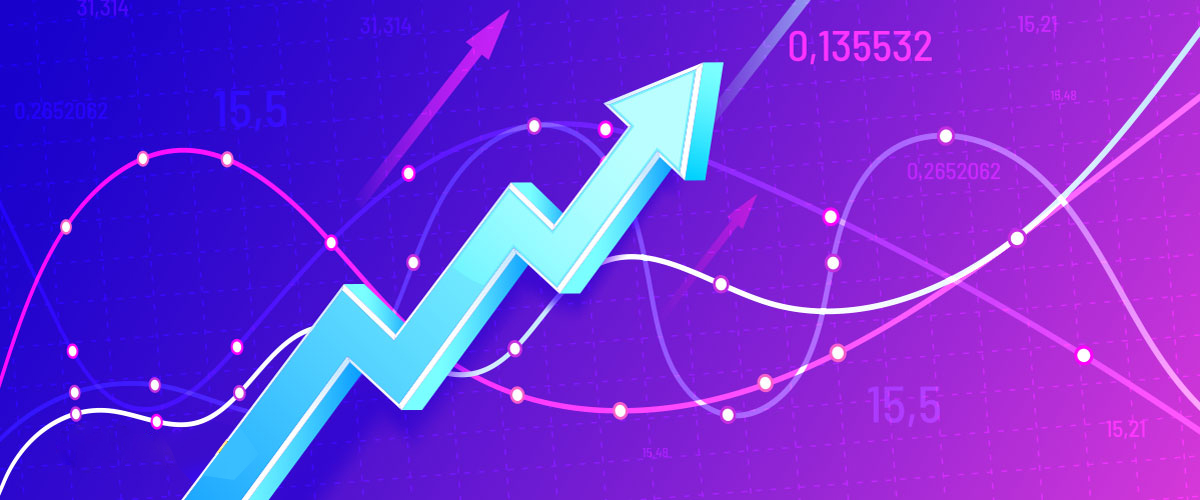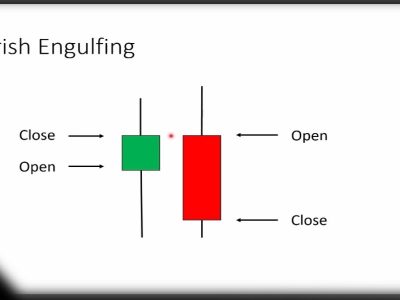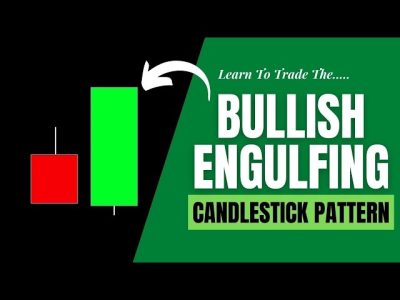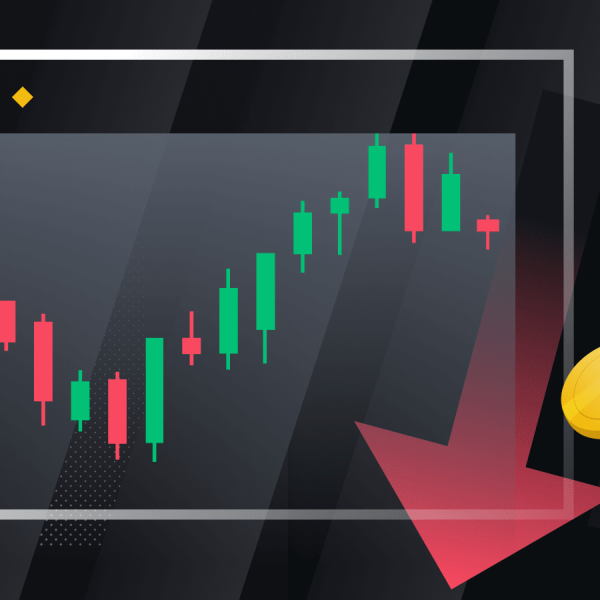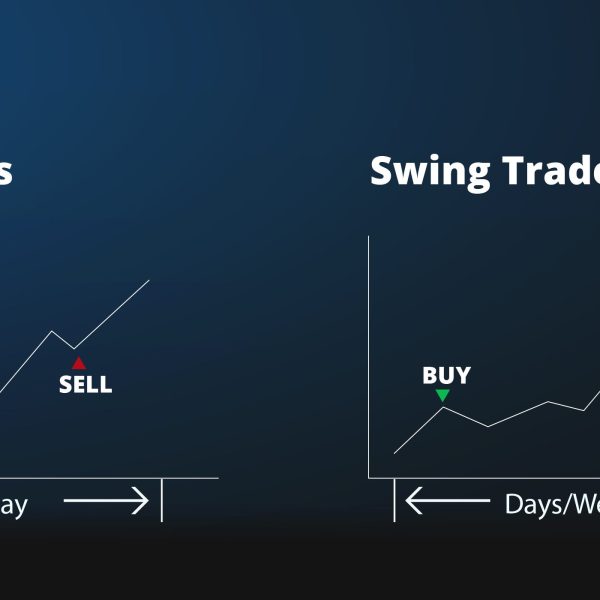The symmetrical triangle pattern is a technical pattern in which traders who base their strategies on technical analysis’s data use this pattern to indicate if the trend will be continued or not. Symmetrical triangle signals that the current trend in which the price moves at the present will be continued or not.
What is a Symmetrical Triangle pattern? What does it mean and how can you trade it?
You should remember that you shouldn’t base your trading on a trading pattern as it’s only a piece of data, when you add this data to other information you collect about the market, you can be sure of the order you’re about to place. Now, let’s not waste more time and find out what exactly is a symmetrical triangle pattern and how you trade using the information it gives you.
What is a Symmetrical Triangle pattern?
The symmetrical triangle pattern consists of two converging trend lines connecting a series of highs and lows. The two trend lines converging should be converging at an equal slope, or at least at roughly equal slopes. If two trend lines are converging at are connecting a group of highs and lows in a trend but aren’t converging at roughly equal slopes, chances are the triangle forming in front of your eyes on the chart isn’t symmetrical triangle pattern. It could be a rising wedge, or an ascending triangle, or a dependent triangle pattern, but it’s not a symmetrical triangle pattern.
What does a symmetrical triangle pattern mean?
To put it shortly, A symmetrical triangle pattern signals a continuation in the current trend. What does it mean?
It means the symmetrical triangle pattern signals to technical analysts that after the price broke out of the symmetrical triangle, it will continue moving on the same trend it was already moving on before entering the triangle.
How is a Symmetrical Triangle formed?
You can look at the symmetrical triangle as a consolidation phase in which the price waits and rests in at a predefined set of highs and lows, the reason for this is that a large group of traders who are also technical analysts will presume that there should be a symmetrical pattern forming. And when the majority of traders believe in that, traders who trade on a low time frame will sell at highs defined by the symmetrical triangle and buy at lows defined by the symmetrical triangle.
How to validate a Symmetrical Triangle pattern?
Like every other technical pattern we use in technical analysis, the symmetrical triangle pattern works best when it’s being used in combination with other factors and pieces of information that help us form our analysis about an individual security’s future price. The other factors are other technical patterns or indicators.
You can also use volume to validate the breakout from the triangle. As the price action moves in the symmetrical triangle and gets close to where the two lines converge the volume has to keep decreasing. This goes true for every pattern that validates the continuation of the trend. And as the pattern gets completed and when the price is about to perform a breakout, you should see a sudden noticeable large increase in trading volume. Reversal patterns on the other hand have a more volatile price movement when the new trend is forming and the volume is considerably lower, this is one way to find out if it’s a trend continuation or trend reversal.
There are other things to look out for. In reversal patterns during the start of an uptrend, the trading volume should be taken more seriously than in downtrends, this is because the traded volume is important for uptrends to kick off.
How to trade a Symmetrical Triangle pattern?
Maybe you are looking at individual security (a coin, stock, pair, etc.) and you see a symmetrical triangle is going to form and the facts support that and you validated that it is an asymmetrical triangle pattern, then you need to know how you should open your order and at what price you’re going to set the take profit and stop-loss orders.

(Picture of a symmetrical triangle completely formed and broke out of the dynamic resistance trend line of the triangle)
If the situation you’re dealing with is a little behind and the triangle hasn’t formed completely nor the price broke out, it’s best if you wait and let the market decide if the price is breaking from the bottom or the top. It is true that based on our analysis we have some clues in which direction the market is about to move, but everything is possible in the market.
That means no matter how good an analyst or trader we are, how the whole situation looks perfect and you just know that it’s going to move in an upward direction, you should be ready to not lose your cool if the market starts moving downwards.
If the price just broke the triangle and everything looks valid you can enter at the point where the triangle is broken and set the stop-loss a little below the last low in the triangle if it’s an uptrend, and put it a little above the last top if it’s a downtrend.
How to calculate the targets in a symmetrical triangle pattern?
For every triangle pattern out there, there are multiple techniques to calculate the targets for your take-profit orders.
For symmetrical triangle patterns, two ways will help you calculate. The easiest way to do so is to find a point at which the lines of the triangle have the most vertical difference and add the difference where the price breaks out of the triangle. You got your final target, all you have to do now is to set the take profit order price as your strategy.


